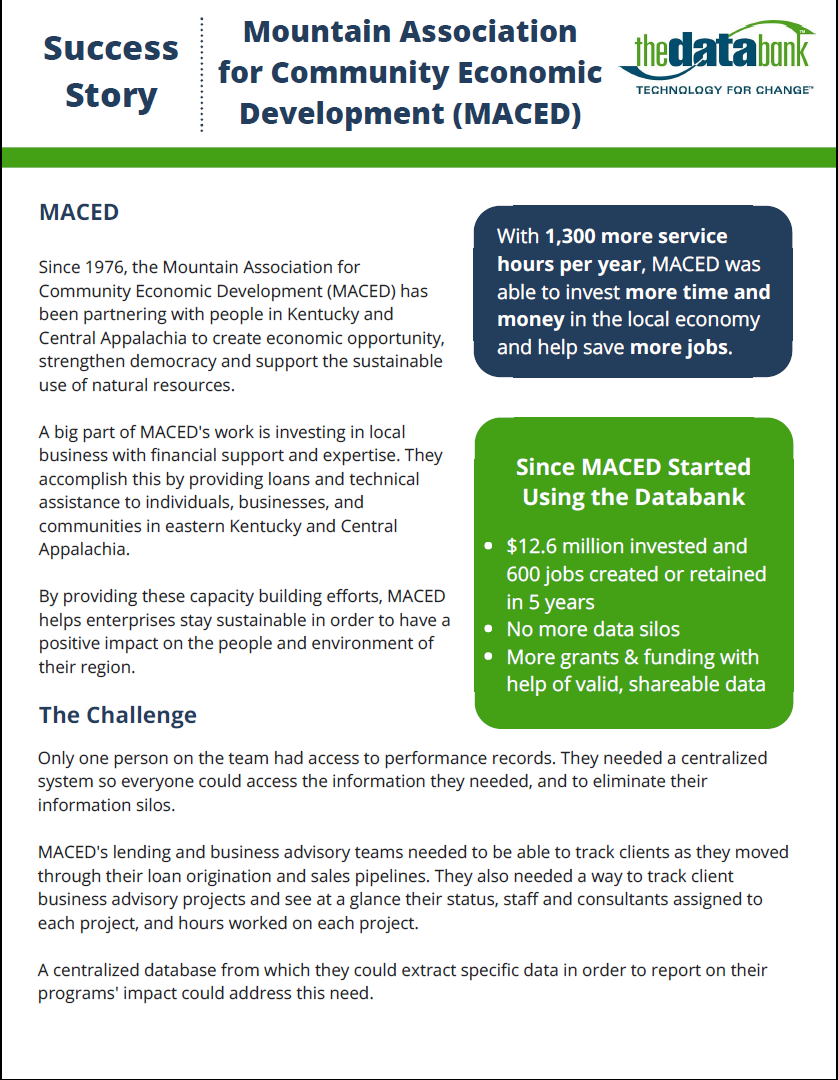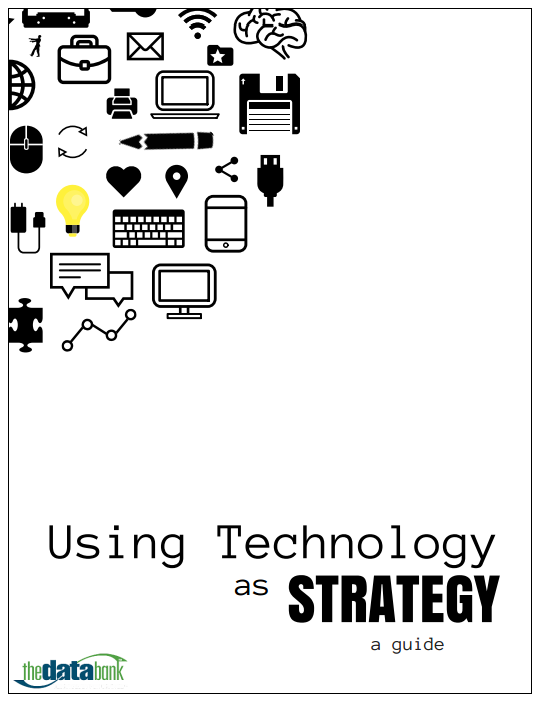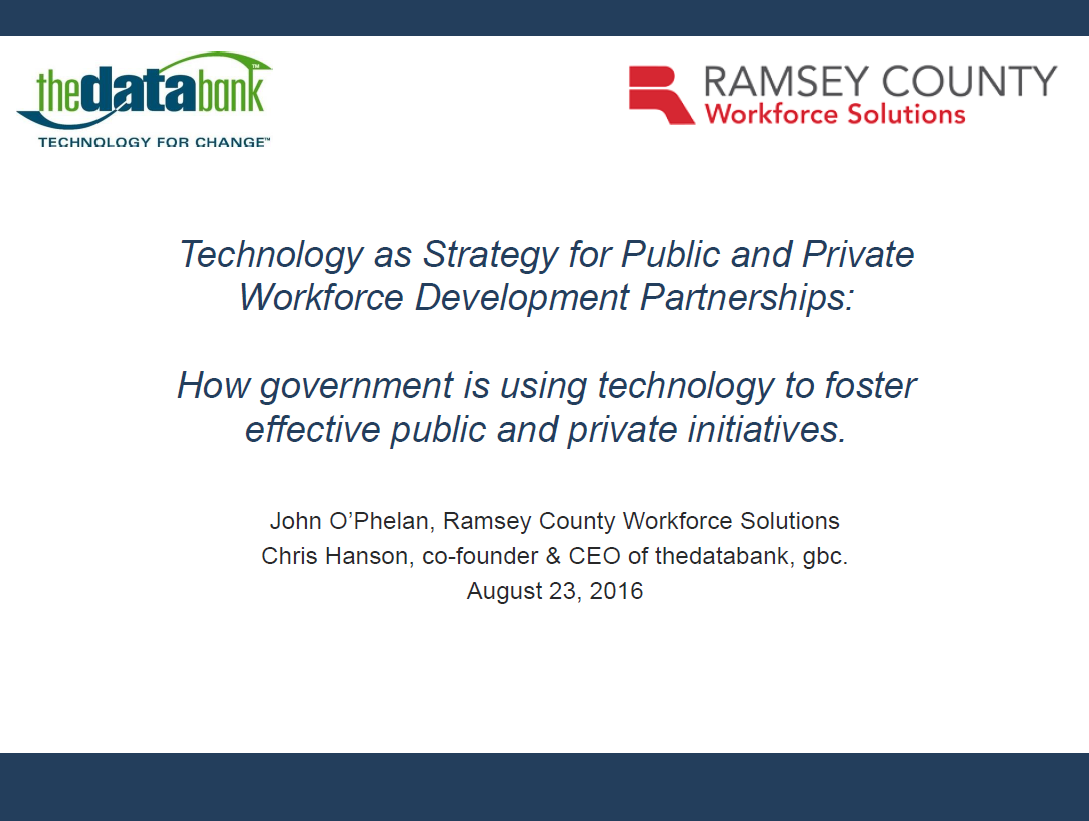You’ve just become Executive Director of a nonprofit organization. Like it or not, fundraising – especially raising money from large donors – is one of your most important responsibilities. Your donor database can be your best friend here. It will help you zero in on a few important fundraising tasks that make a large impact.
Whether it’s your style to enthusiastically dig in to your donor database, or avoid it at all costs, you need to ask it these three questions:
- Who are my top donors? Find the 10-20 people who gave the most in the past year. Any donor database worth its salt will give you an easy way to find these people. Then, get the back story on those donors, introduce yourself, and work with your development director – if you have one – to devise a strategy for each relationship.
- Who is no longer giving? Pay special attention to lapsed major donors, who at one time gave significant amounts, but have not given in the past 1-2 years. Find out why these donors left. Can you get them back?
- Which fundraising strategies are working, and which ones are not working? Get a single-page overview of all fundraising appeals that have occurred in the past 12 months, and what the results were in terms of response, money raised, and net revenue. Some metrics will be more salient than others, depending on your goals. Based on this information, you may want to shift resources toward promising channels, and eliminate fundraising tactics that are not yielding good results. This data is also invaluable for projections and budgeting.
For further reading: Pamela Grow’s article How to Be a Nonprofit Development Director – Charting Your First 100 Days, though it’s written for development directors, contains some practical advice that’s relevant for a new Executive Director too.






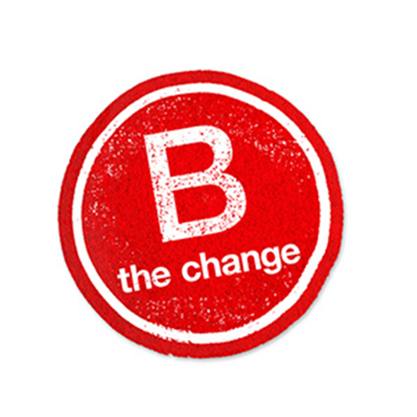


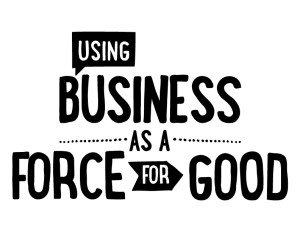
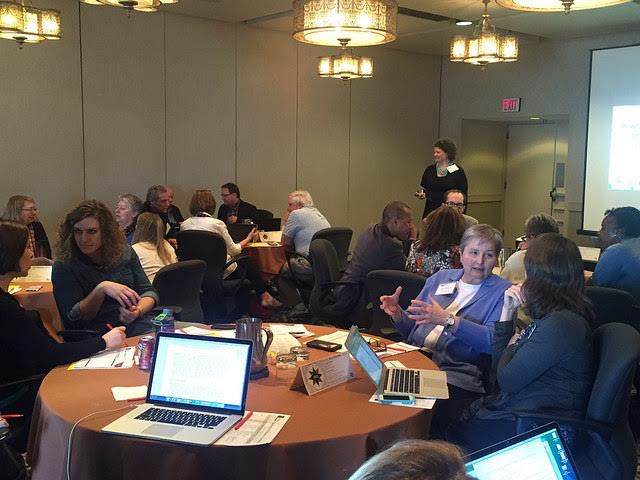
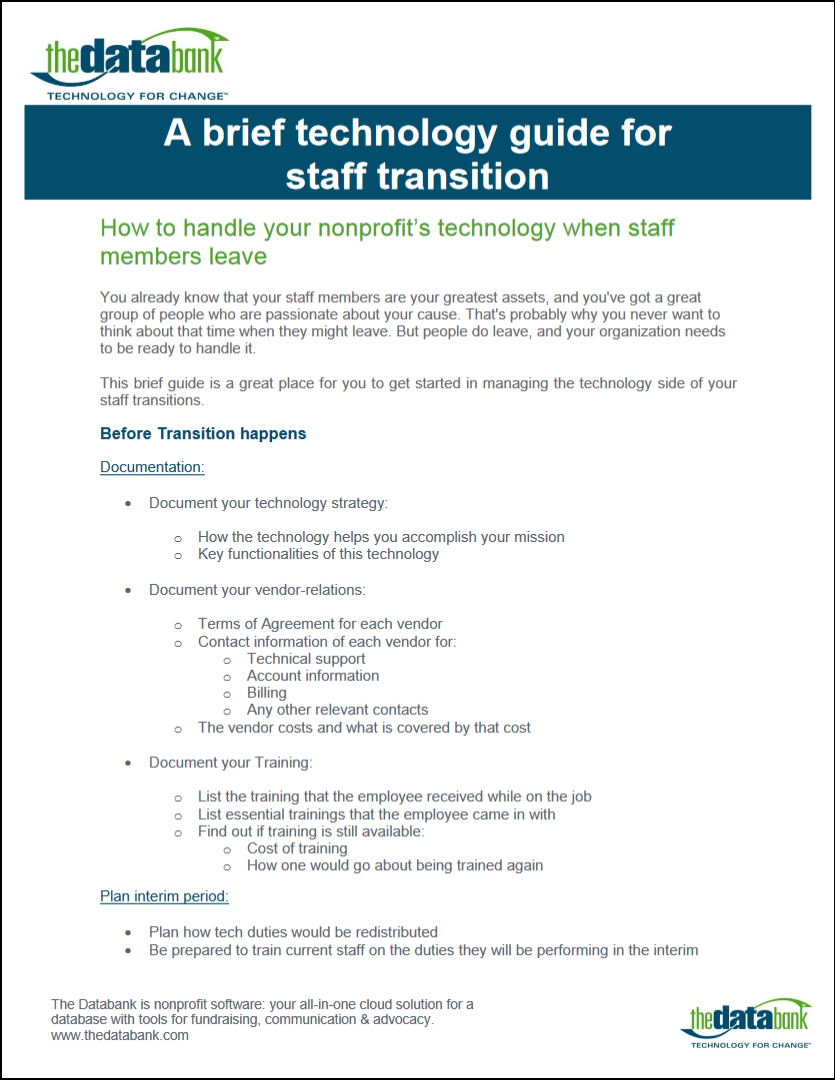

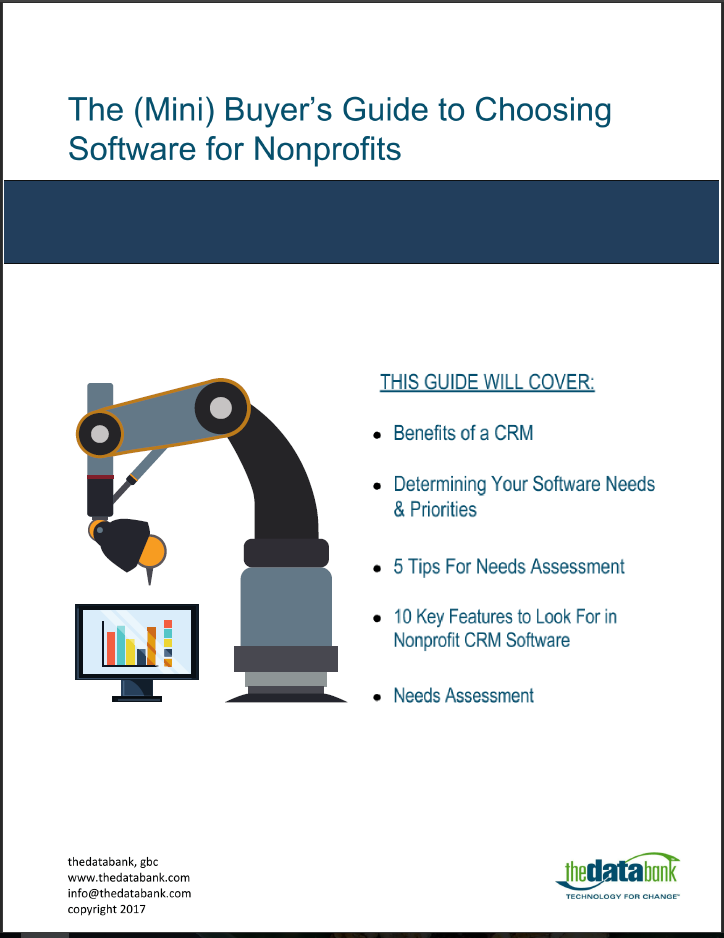
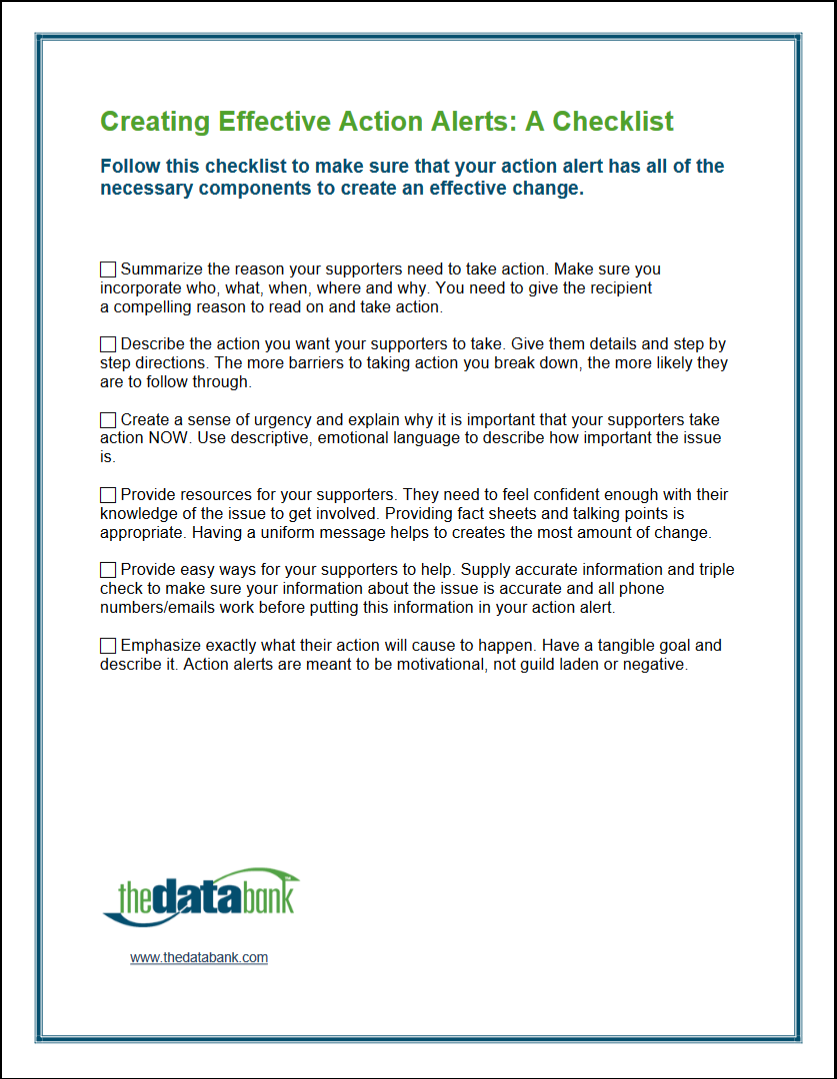

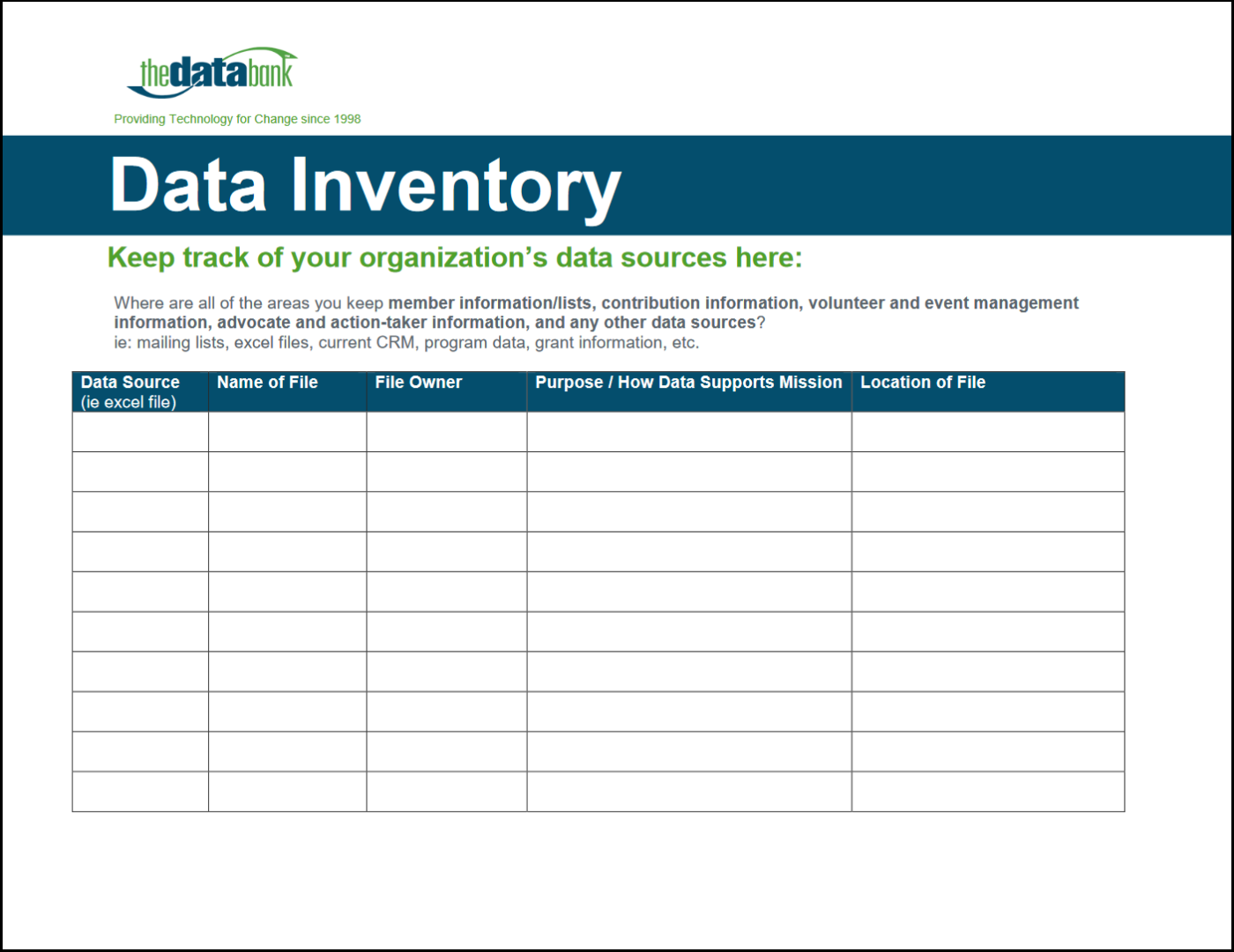

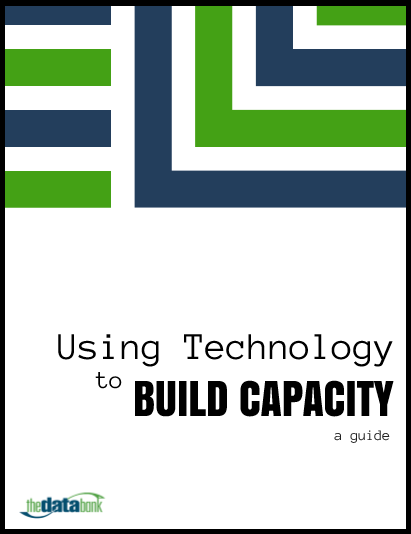


 thedatabank, gbc is technology for change, and we walk the talk.
thedatabank, gbc is technology for change, and we walk the talk. 